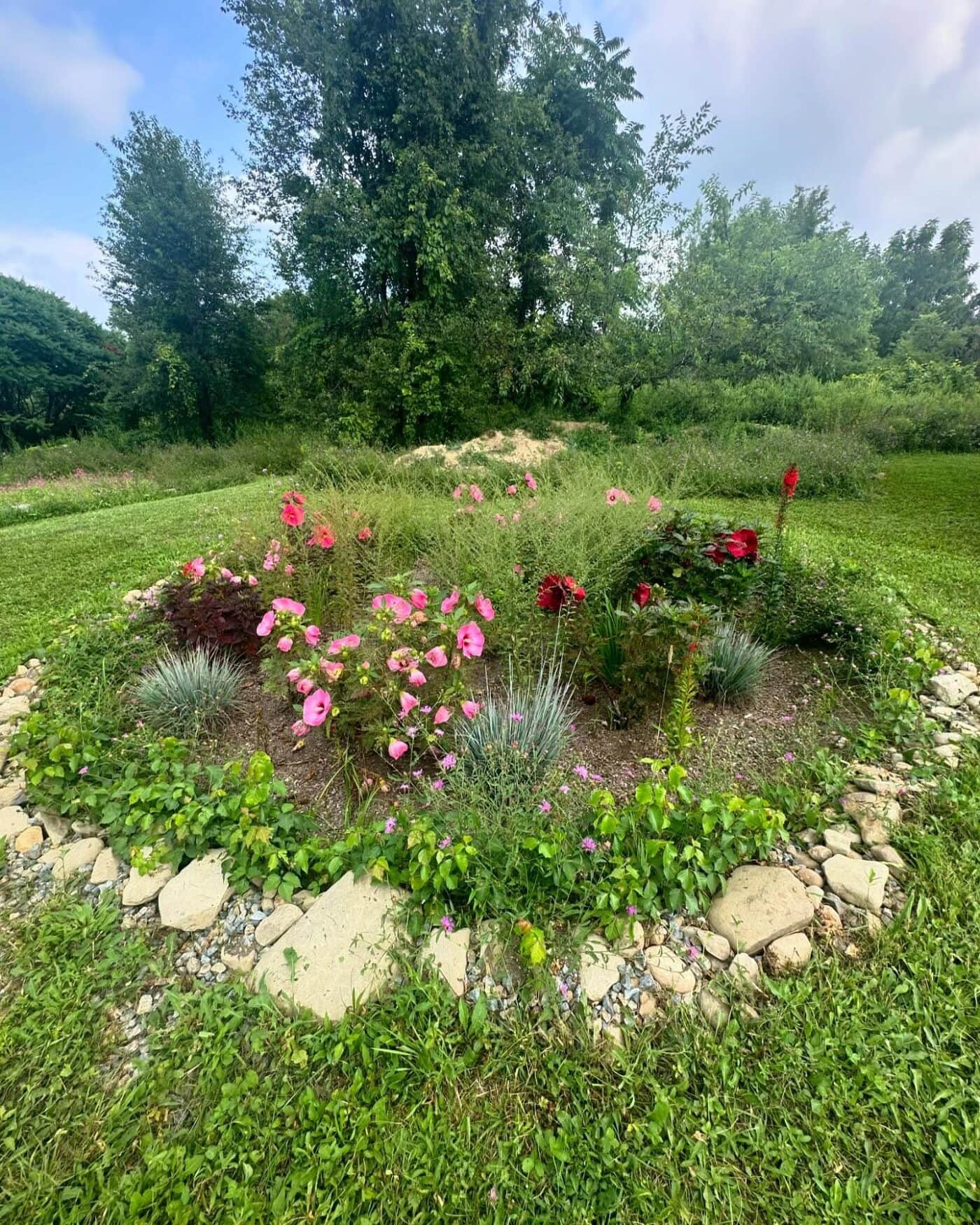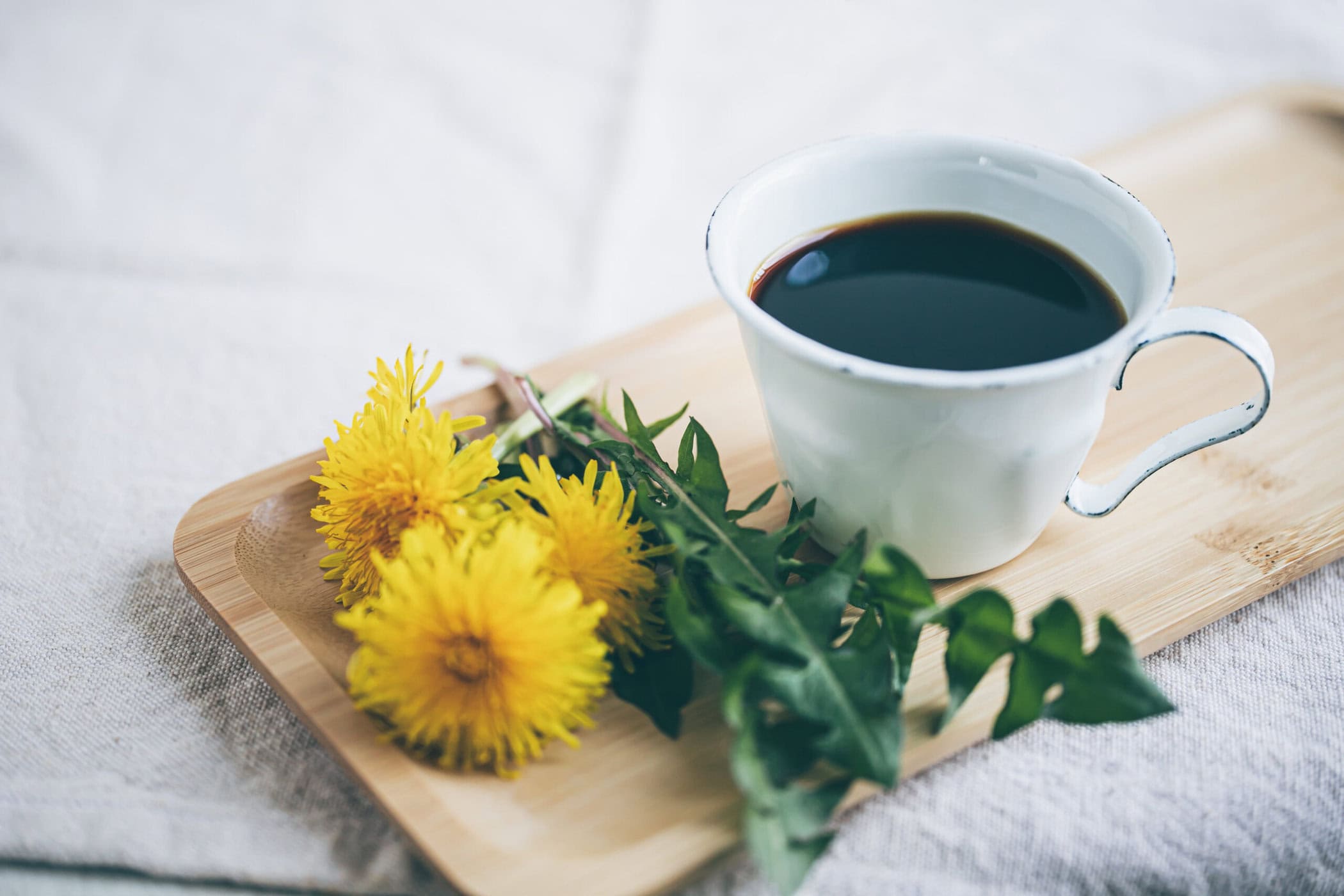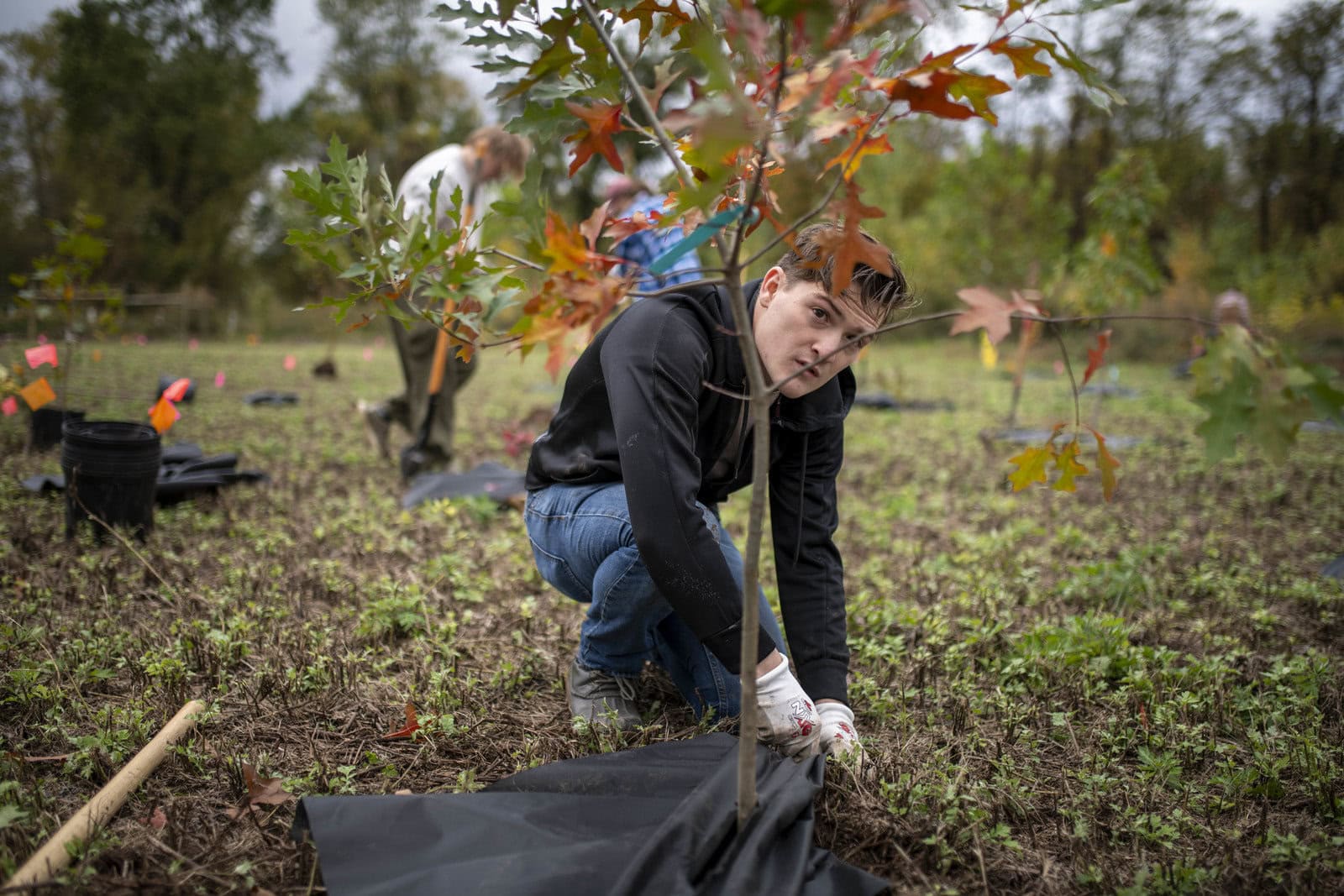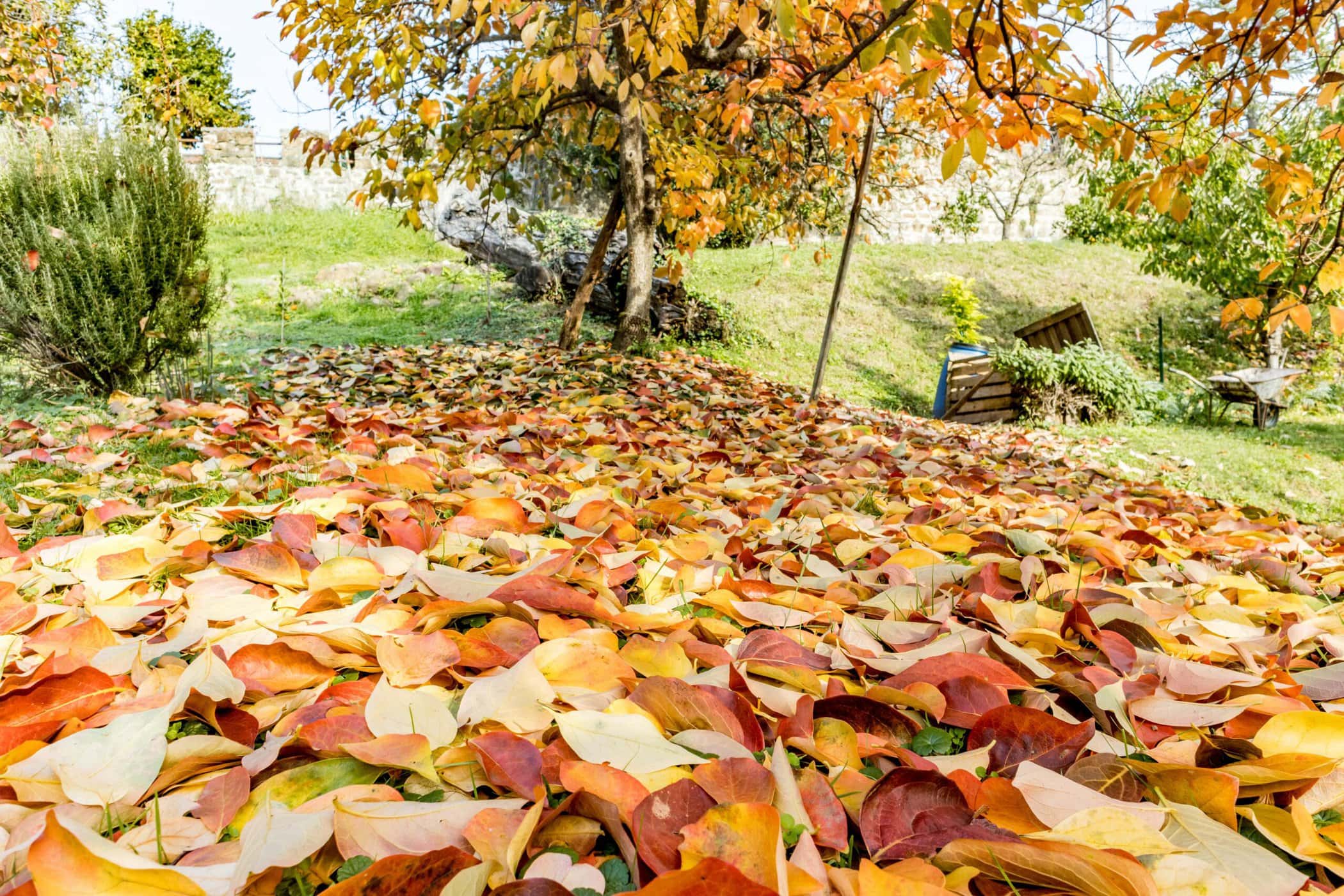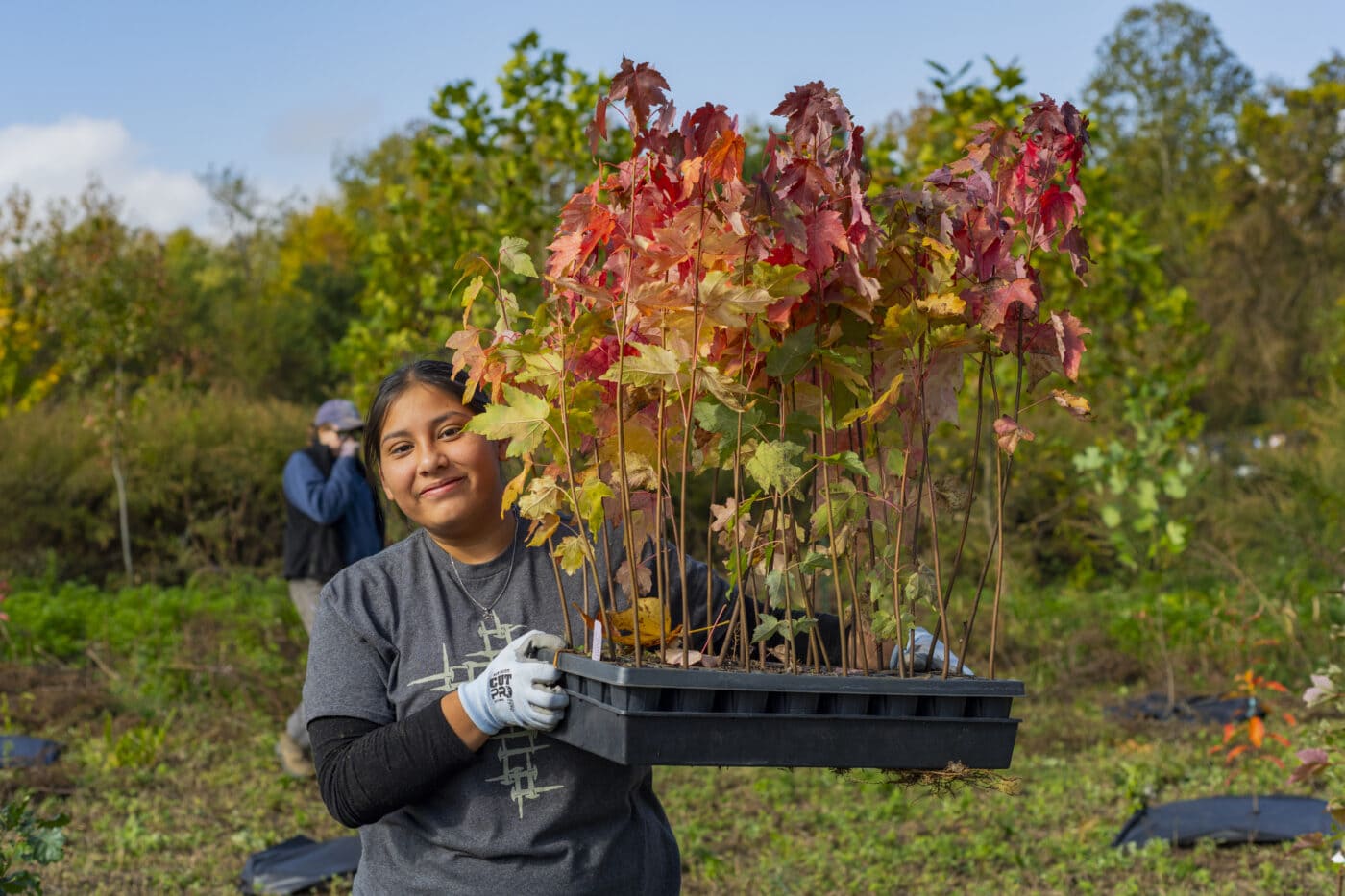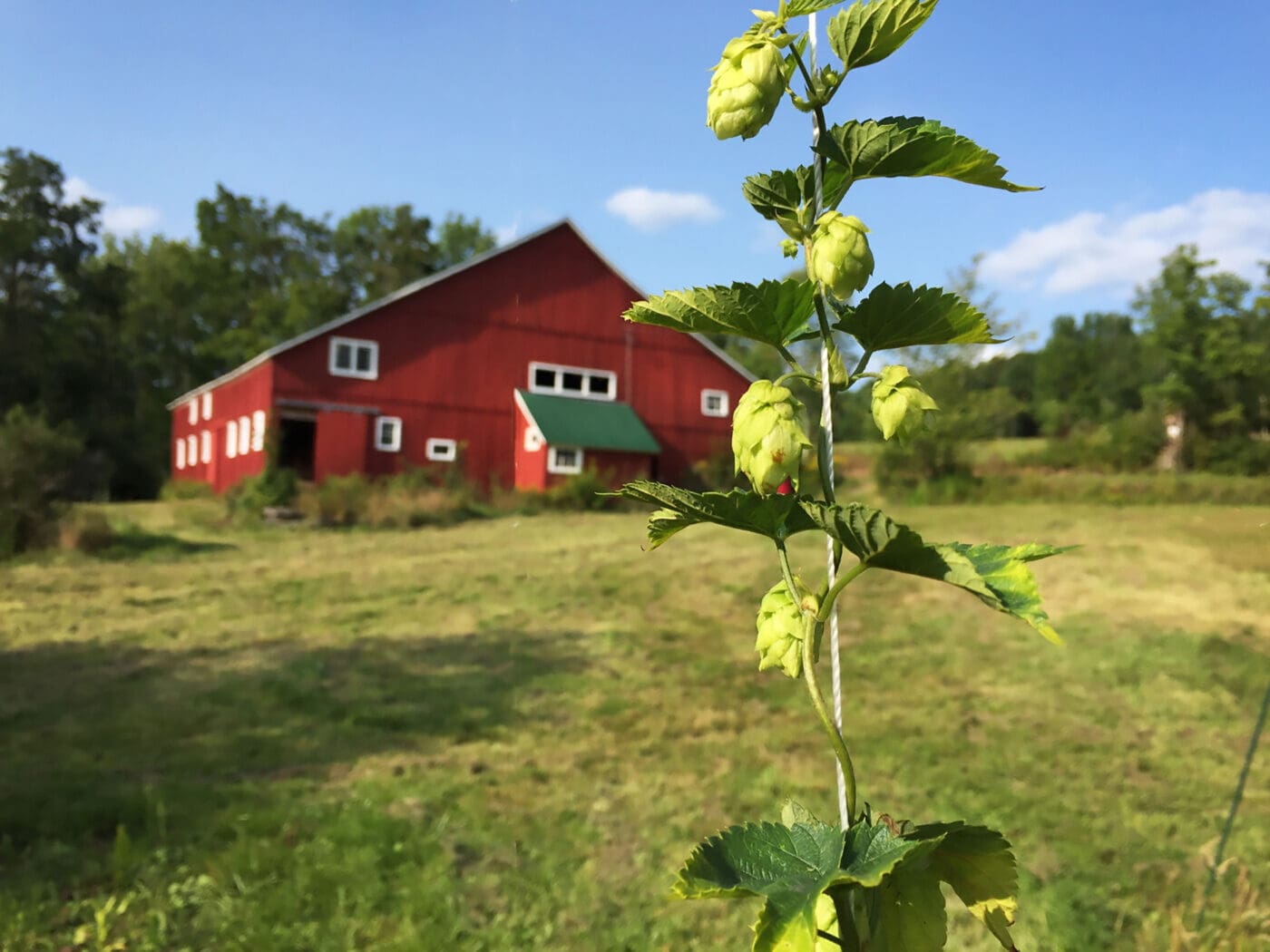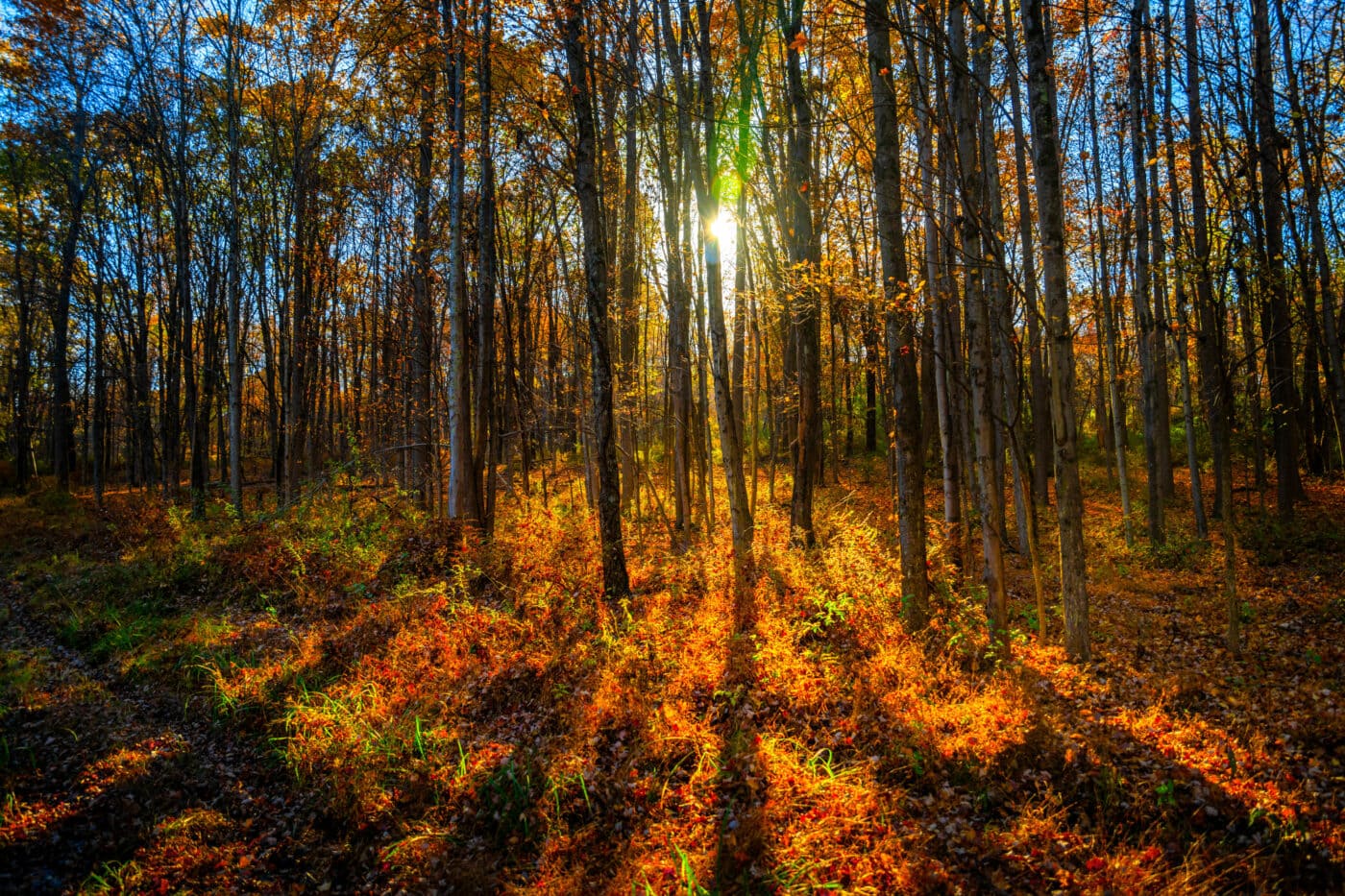As intense rain falls more frequently in the Hudson Valley and beyond, excessive water can flood backyards, public spaces, and other poorly draining areas. That’s where a rain garden can offer an attractive, sustainable solution, making the best use of spots where water pools post-rain or where downspouts release roof runoff.
When we think of gardens, we often see them as elements of beauty, tranquility, and abundance — intentionally planted spaces that require devoted time and attention to maintain.
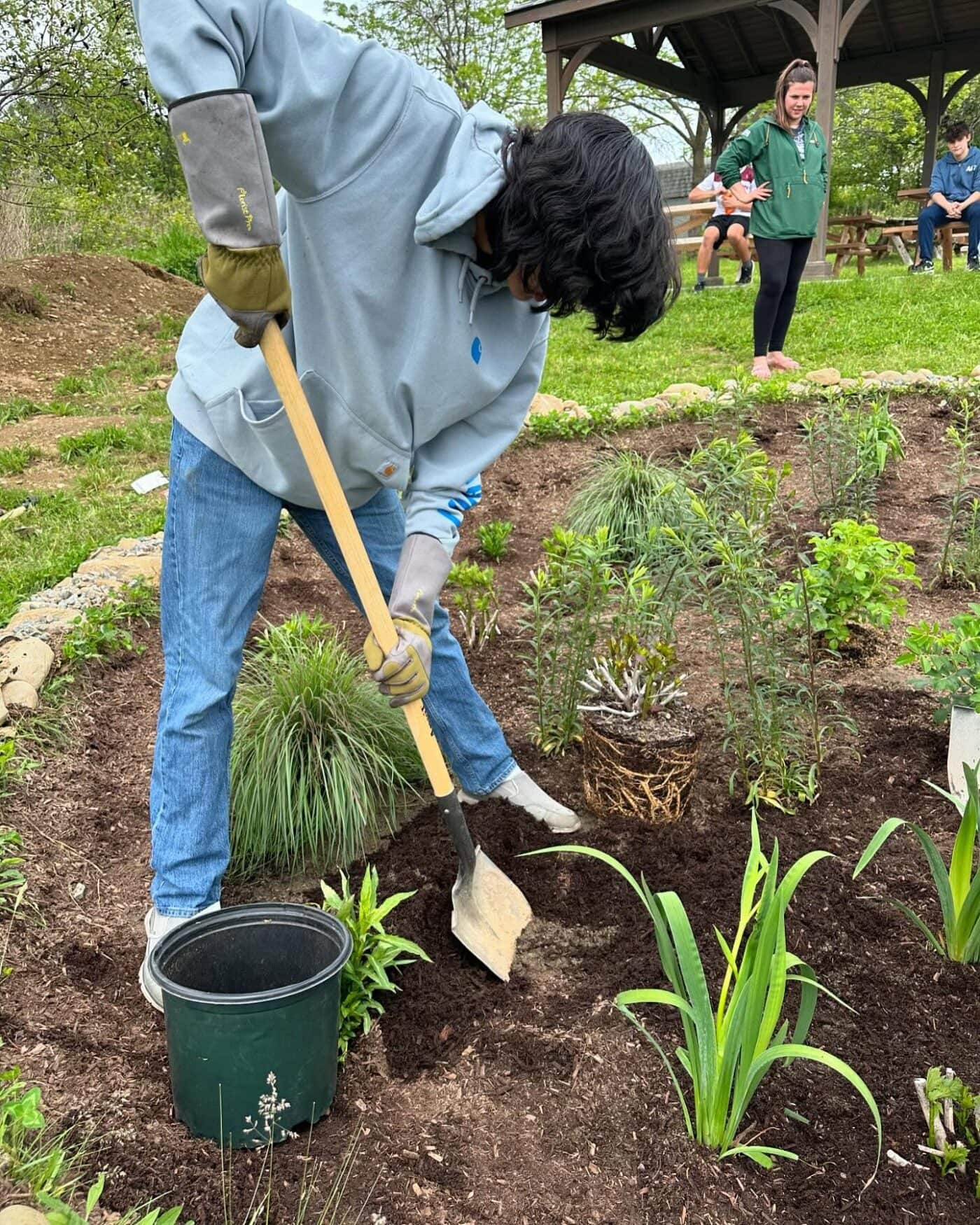
Although rain gardens are designed to be functional, when established with the right native plants, they can provide year-round beauty and a lively habitat for pollinators — all while reducing water flowing into storm drains and ultimately keeping pollutants out of creeks and streams. You can build one in your own yard, or work with your community to identify sites the grounds of a school, park, or other public space that you see tending to flood.
The easiest way to explain a rain garden is as a landscaped shallow depression that collects rain and snowmelt, where plants maintain natural seepage into the ground so that runoff doesn’t go into storm drains, says Barbara Bravo, a master gardener and volunteer with Cornell Cooperative Extension Ulster County. The region often used to get about 1 1/4 inches of rain — now it tends to be 2 inches, according to Bravo.
“Not only are we getting more inundation, but the excess rain washes away pollutants from rooftops and roadways, sending runoff into our storm drains,” she says. “A rain garden helps to keep that water in the ground, where microorganisms in the soil and plants can break down pollutants. We call it ‘recharging’ the water.”

In addition to minimizing pooling and runoff, rain gardens can also help with erosion control, as well as provide a habitat for pollinators and wildlife. Plant options can include combinations of flowers, grasses, ground covers, shrubs, and trees. “Blue flag irises are a lovely spring bloom with foliage that stays well through the entire season, and a real favorite is a Northeast native called Joe Pye weed — when it’s happy, it’s stunning, and butterflies love it,” Bravo says.
That said, while they generally take little upkeep, establishing a rain garden is not as simple as adding water-tolerant plants to a dip in the yard. There are several factors to take into consideration, beyond how much water typically pools in that spot, says John Messerschmidt, owner of regionally based Hudson Valley Native Landscaping and Poison Ivy Patrol.
“Every space has its own unique variables to consider, such as how much sun it receives,” he says. “Some plants do better in full sun, and others in partial shade. Is it an open backyard or more of a wooded area? And then there’s the aesthetics: Would you like to have colorful blooms or prefer ground cover? How would a shrub or a small tree look?”
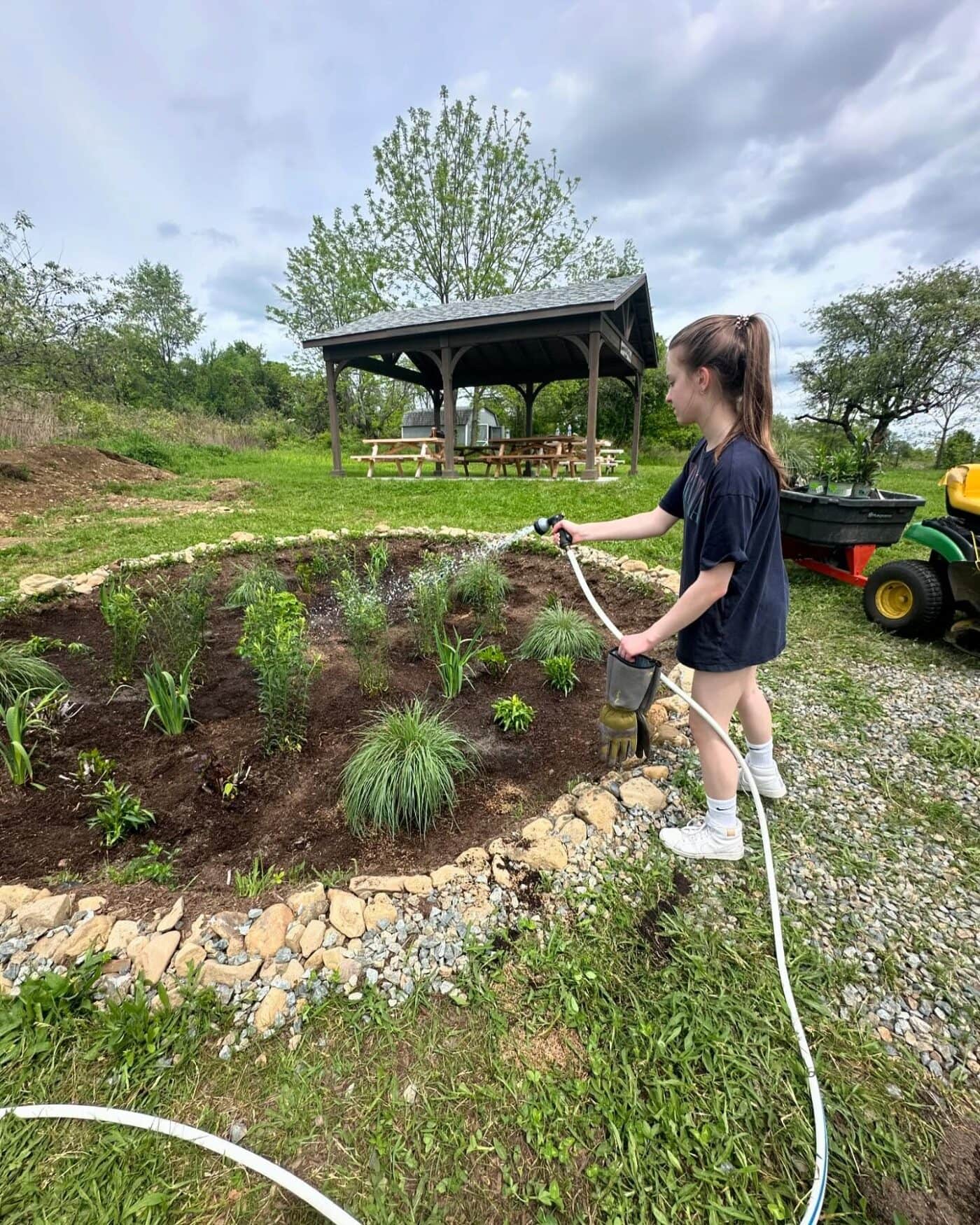
For backyards that get full sun, Messerschmidt suggests goldenrod, hibiscus, grasses, or a shrub like buttonbush. He adds that mountain mint is an excellent ground cover for pollinators in partial sun, and shady or wooded areas would do well with ferns or Solomon’s seal. “If you have full sun and enjoy seeing hummingbirds, cardinal flower offers a beautiful bloom that hummingbirds love; it’s tall and thrives in rain gardens,” he says.
There are additional rules to consider, such as avoiding placement too close to a building foundation and not planting over septic systems. Additionally, water that drains from downspouts should be directed toward the garden. As an example of how this might work, Bravo explains a project she worked on and maintained for about a decade at the Saugerties Senior Citizen Center, which saw excess rainwater coming off the building and parking lots. While a typical homeowner might do a 100-square-foot rain garden, this project was 400 square feet.
“A garden of that size handles 2,046 square feet of rain — which is the total square footage represented by the roof — one of the ways to understand how large a rain garden needs to be to accommodate the amount of rain collected by a particular surface,” she explains. “For perspective, runoff from a 1,000-square-foot roof will result in about 25,000 gallons of filtered rainwater per year.”
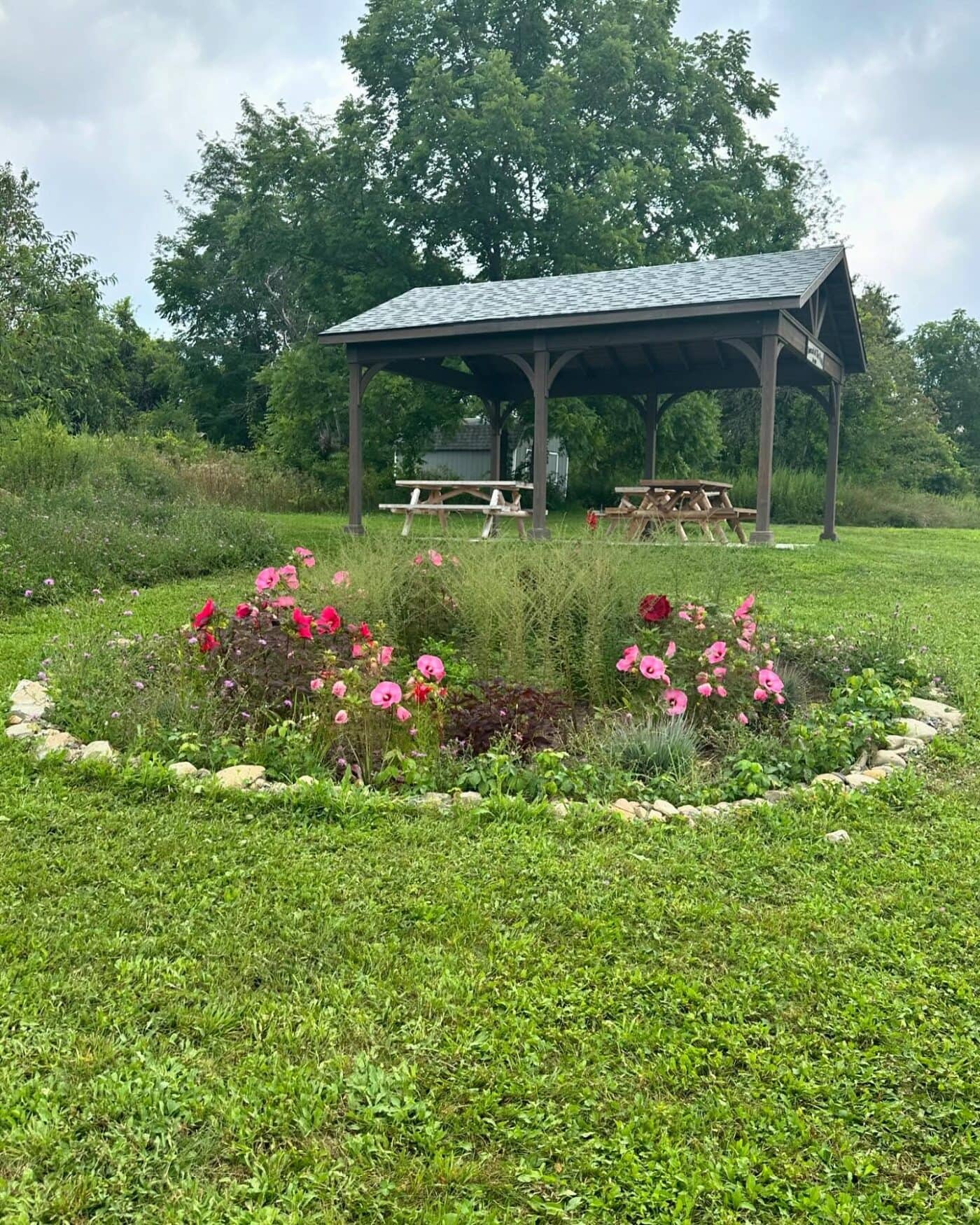
Roof runoff was directed into the rain garden, a plot about 8 inches deep and surrounded by a berm. The center contains more water-tolerant plants like iris and cardinal flower; closer to the edge you’ll find pants that need a slightly drier environment, and around the berm, “you’ll see plants that like to sink their roots to get to water, but not necessarily like having wet feet,” she explains.
While a landscaping expert or master gardener can help, those with a knowledge of planting and awareness of a space’s unique circumstances can DIY it. “One nice thing about rain gardens is that you plant them densely, so once established, it doesn’t require a ton of maintenance,” Bravo says.
Larger areas might need professional assistance from landscape architects or engineers. Scenic Hudson’s Long Dock Park, for instance, includes a complex project of constructed wetlands or engineered stormwater infrastructure designed by professionals.

For those doing it themselves, “native plants are great, too, because they adapt easily after being planted,” Messerschmidt adds. “You’ll still need to know how to find the right plants for your environment, but it’s possible to have a sustainable rain garden that keeps the excess rain out of storm drains, encourages pollinators and other wildlife, and looks beautiful through the seasons.”


